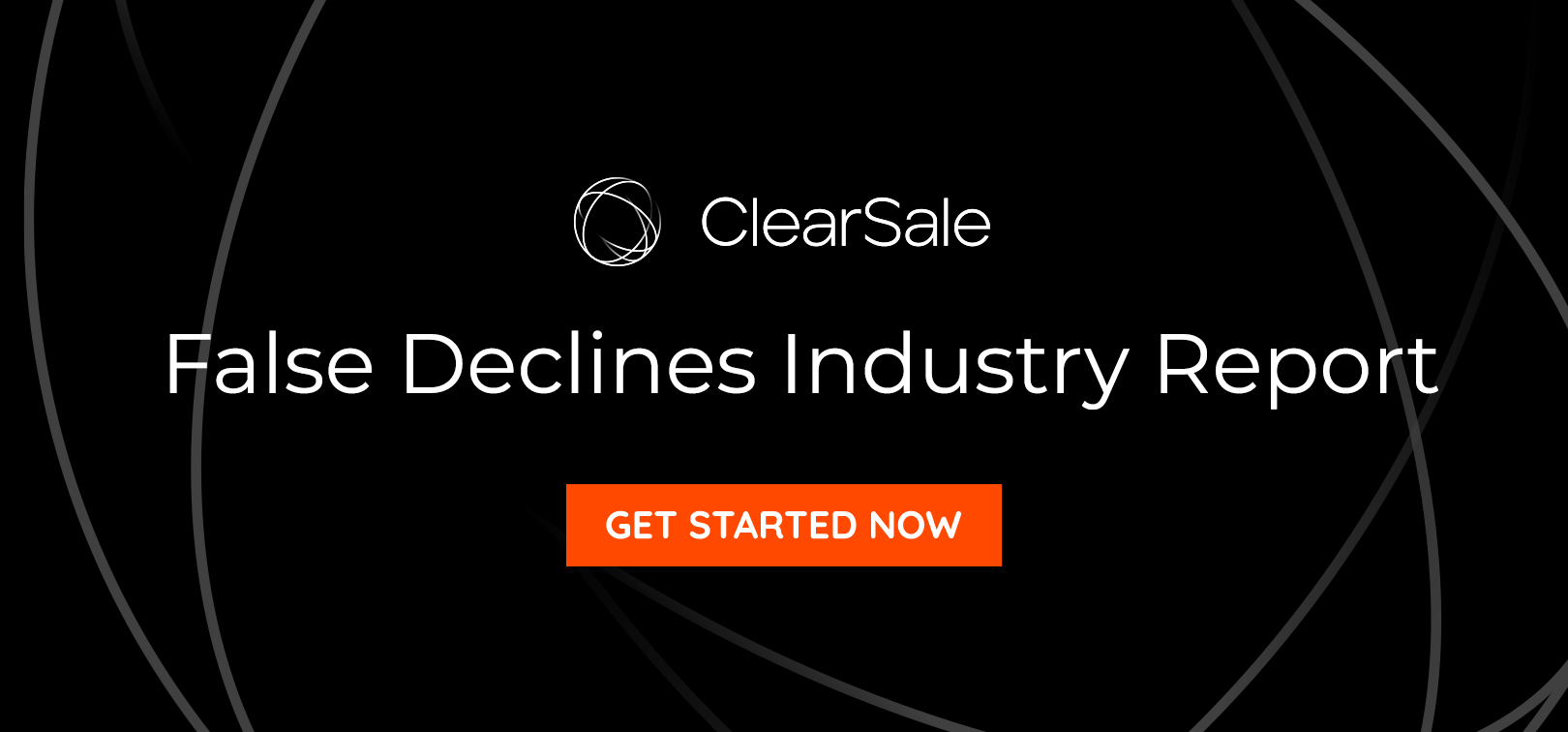Is Your Chargeback Rate Accurate?
Reviewing your KPIs, you notice your chargeback rate looks low — just as you want it to. It’s staying well under that 1% threshold that would put you in danger of needing a high-risk merchant account…or losing your ability to accept credit cards altogether.
You breathe a sigh of relief. Numbers never lie, right?
Well, not always. Your low chargeback rate could actually be misleading, lulling you into a false sense of security.
You wouldn’t be alone. Many e-commerce merchants don’t have a solid understanding of what their low chargeback rates actually mean. Keep reading to learn why your rate might not be what it seems and how a better understanding of your numbers can benefit your business.
Why Your Low Chargeback Rate Is Probably Misleading
Every merchant would love to see a 0% chargeback rate on their KPI dashboard, indicating no fraudsters are targeting their customer or their business. But while numbers close to that target might indicate that you’re doing a great job at stopping fraud, it’s more likely that it means you’re either not calculating your rate correctly or you’re declining too many gray-area transactions.
Are You Calculating Your Chargeback Rate Correctly?
On the surface, calculating your chargeback rate sounds simple. But the way you calculate it is critical to gaining the full picture — ensuring you’re maximizing revenue, minimizing fraud and protecting your business from high-risk merchant accounts. If you’re not using the right calculation, you won’t truly know what’s happening with your orders and your risk.
But here’s the catch: Each credit card issuer calculates monthly chargeback rates slightly differently, and they care about only the chargebacks on their cards. For example, Visa divides the number of chargebacks in a month by the number of transactions processed during that same month. But Mastercard divides it by the number of transactions in the previous month. So if you’re not taking a holistic view to chargebacks, you might be missing important numbers.
Additionally, it’s common for companies to exclude auto-declines from the math when determining approval rates. The algorithm assumes these were fraudulent transactions and therefore, can be ignored. But, because so many auto-declines actually turn out to be false declines, much of the full picture is being obscured.
Are You Declining Good Transactions?
A too-good-to-be-true chargeback rate might also be the result of you declining too many gray-area transactions. After all, it’s easy to have zero fraud if you don’t approve any questionable orders.
While you might feel good about eliminating any potentially risky transactions, this approach can actually do more harm than good. You end up declining more orders than you need to, with potentially disastrous results. Not only are you leaving money on the table, but you also might be losing the lifetime value of potential customers that you turn away. While 82% of consumers find declines to be embarrassing and aggravating, 32% of falsely declined customers find declines to be so frustrating that they choose not to shop with that merchant ever again.
Two Ways to Get a Better Understanding of Your Chargeback Rate
Keeping good customers is important, but no merchant wants to offset the revenue they gain with chargeback costs due to fraudulent orders. Luckily, two strategies can help merchants control their chargeback rates:
Calculate Approval Rates Correctly
While losses due to fraud are projected to reach $6.4 billion by 2021, losses due to false declines are projected to reach $443 billion by 2021 – nearly 70x more than losses from fraud itself. And by the time you realize you have a false decline problem, the damage is often done.
If you’re assuming all auto-declined orders are in fact fraudulent, you’re likely excluding these orders from your calculation, and that can cost you. Easy-to-use approval calculators can guide you in using the right figures to correctly calculate your true authorization (or approval) rate.
Avoid Auto-Declining Orders
Good orders sometimes look like fraud. So if your fraud filters are too strict or you’re relying too much on technology to decline orders, your chargeback rate is probably artificially low. Automatically declining first-time customers who place large orders or customers who make purchases from high-risk cities or countries will protect your business from fraud and chargebacks. But it also results in you alienating legitimate customers — sometimes even long-time customers. Finding a fraud prevention solution that never auto-declines orders can help. Adopting a strategy that combines a technology-based approach and a thorough review of gray-area transactions by trained human staff can help you increase your approval rate while still avoiding fraud and chargebacks.

How ClearSale Can Help
With 19% of merchants experiencing fraudulent chargeback losses in 2018 that exceeded 0.5% of their company’s revenue, finding an effective fraud prevention strategy is critical.
You may think you can lower chargeback rates on your own, but you may find instead that your solutions not only keep chargeback rates high, but they also result in frustrating experiences for legitimate customers.
At ClearSale, we look for reasons to approve your orders, not decline them. Because we never auto-decline any order, for any reason, we can offer a proven, real-world approach that delivers the lowest false decline rates in the industry. Plus, ClearSale boasts an average chargeback rate for its customers of around 0.3% — well below the 1% rate that most merchants try not to exceed.
Approving more orders may feel risky, but it doesn’t have to be. By considering every detail when calculating chargeback rates, and by partnering with the right fraud solution to avoid reputation-damaging false declines, you can get the full picture when examining your chargebacks – and the picture will look very, very good.
 Rafael Lourenco
Rafael Lourenco


